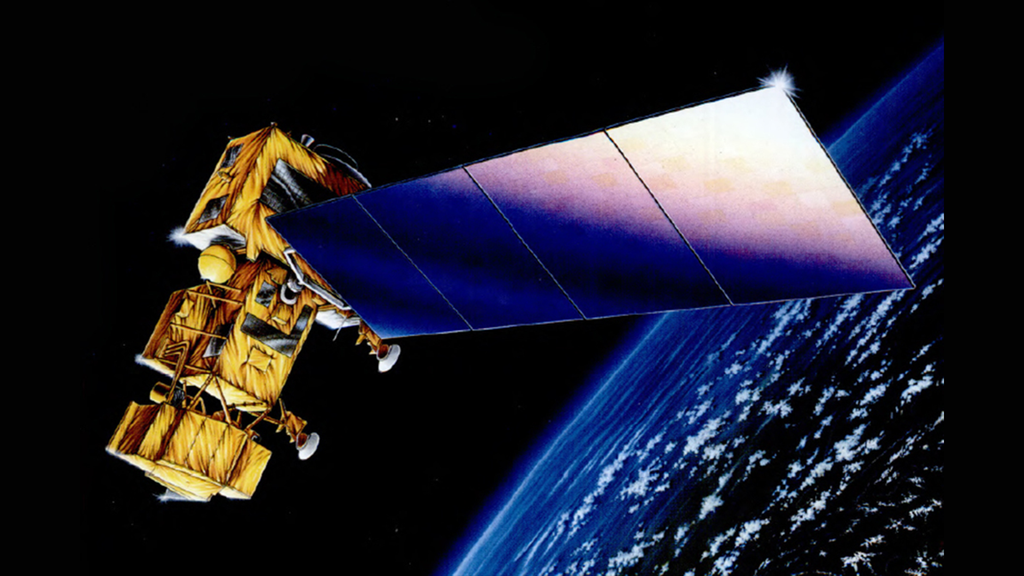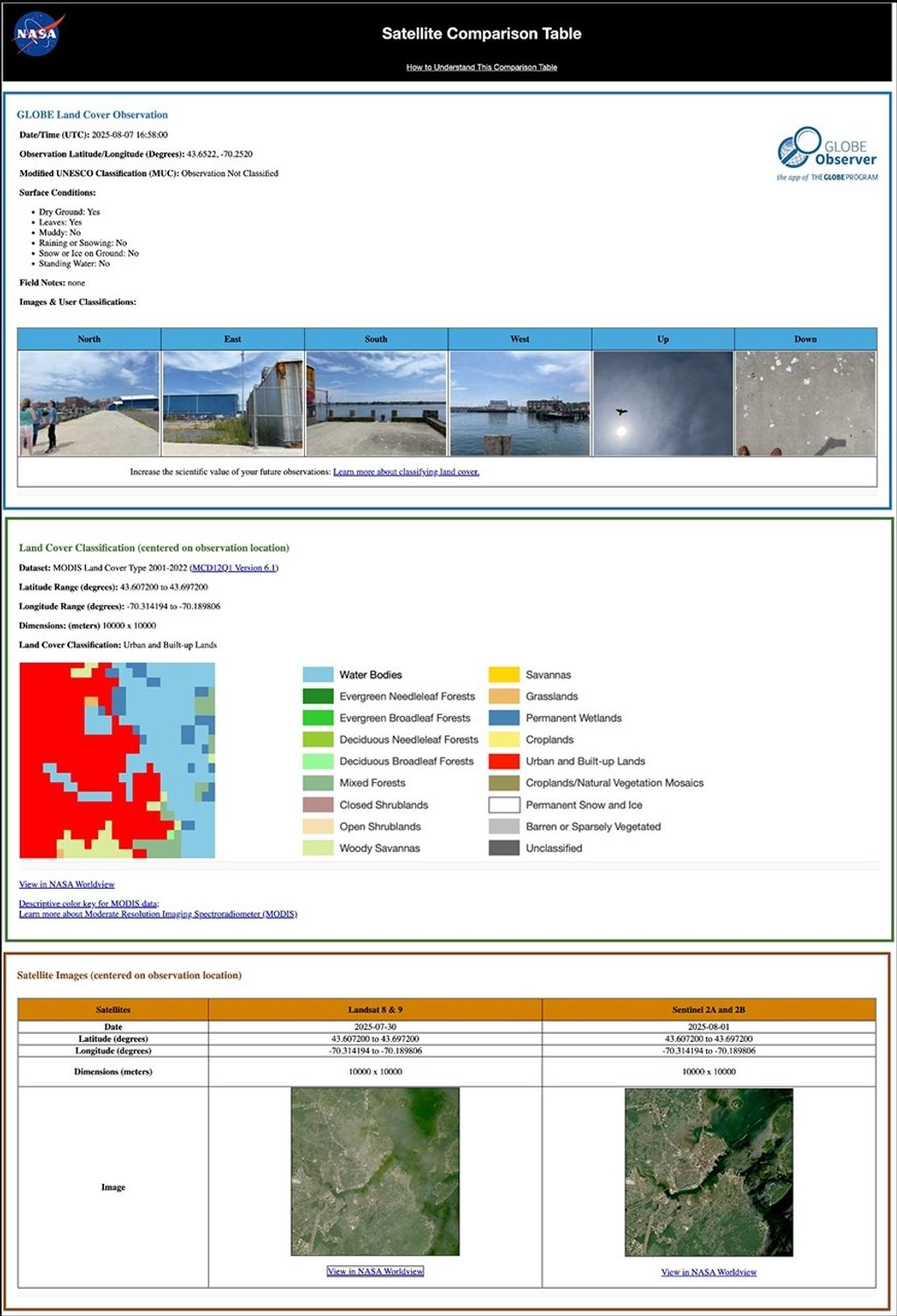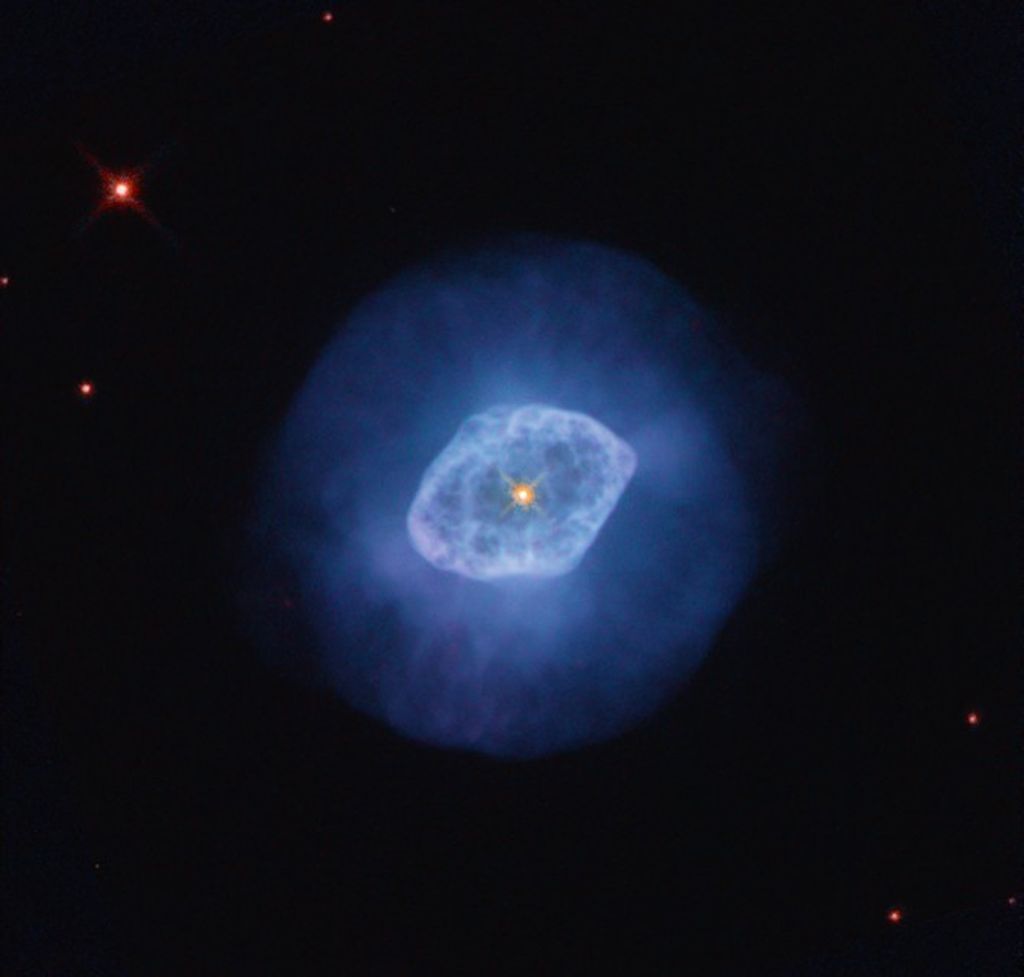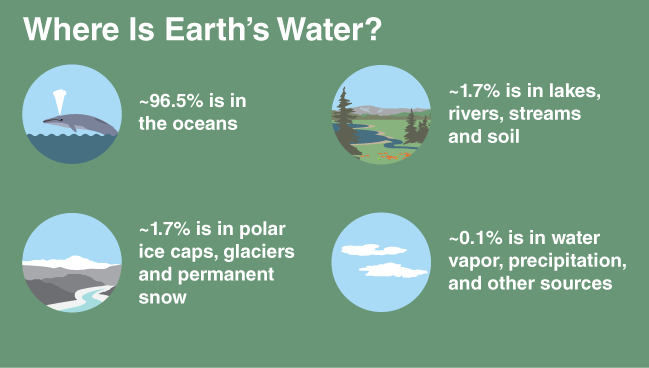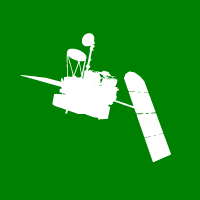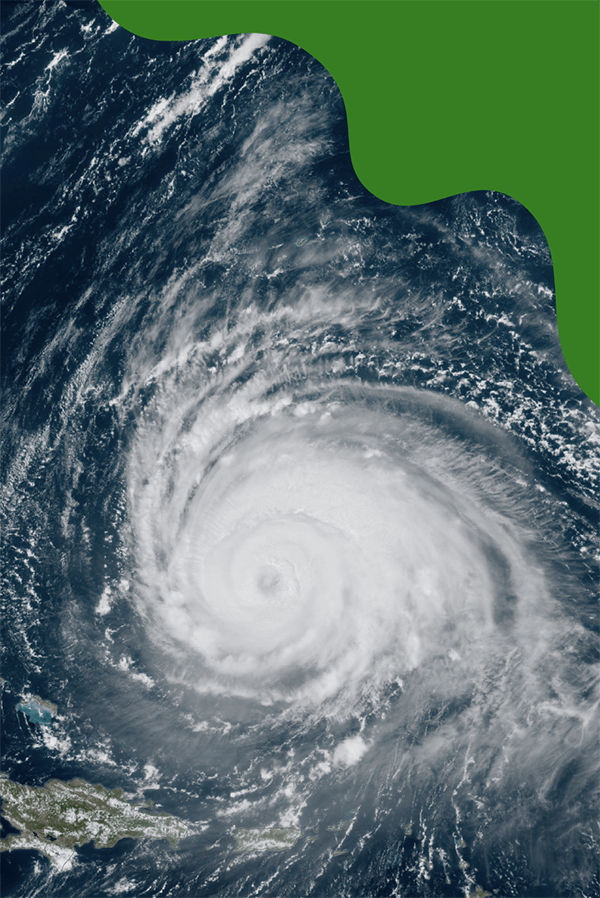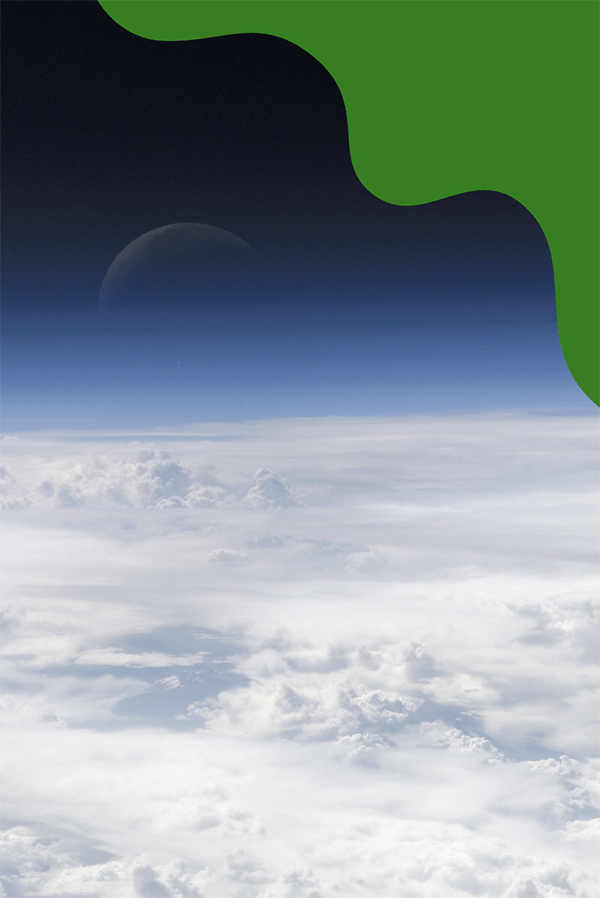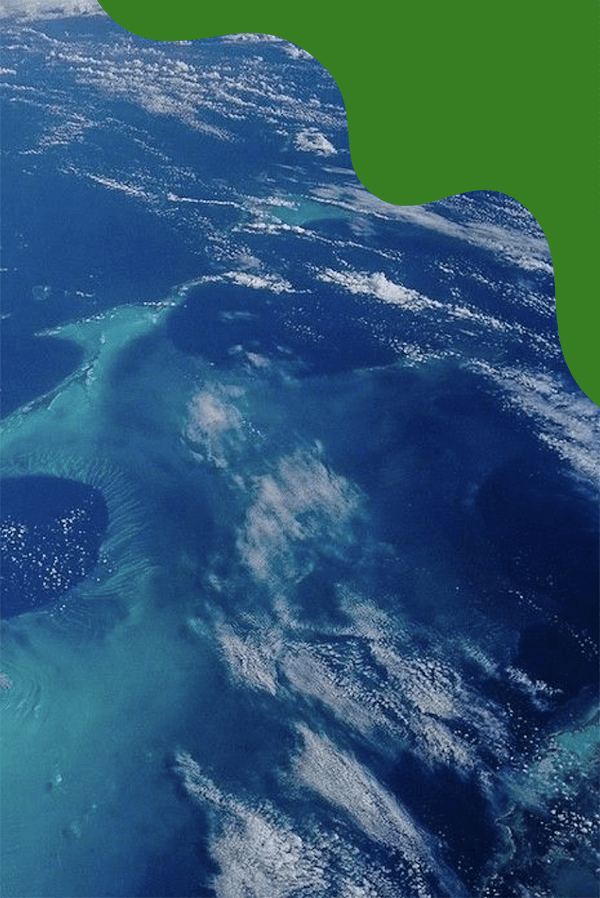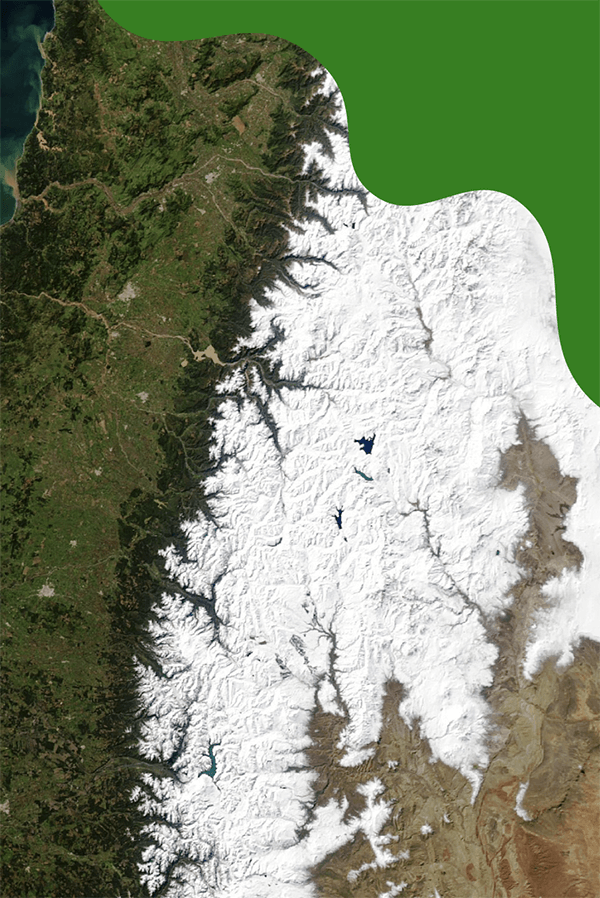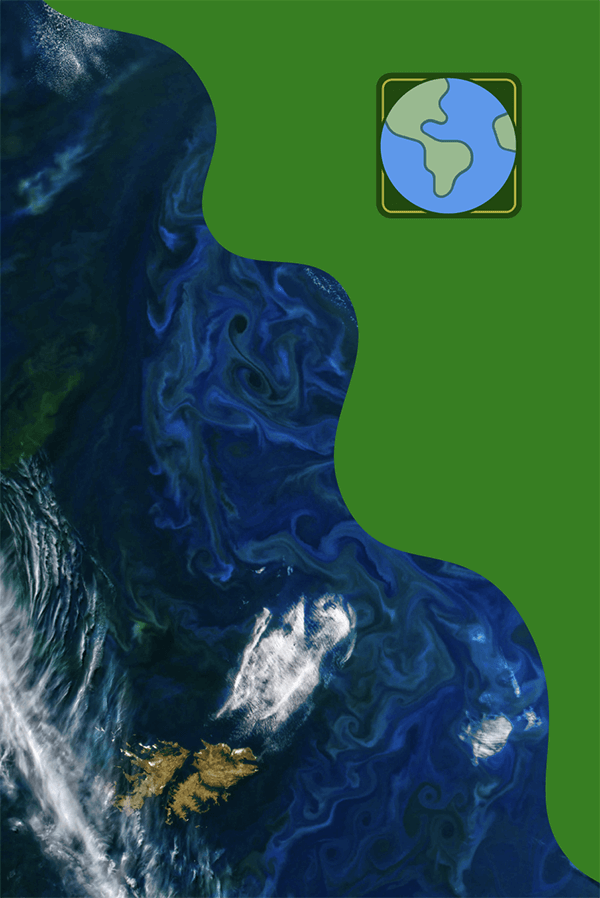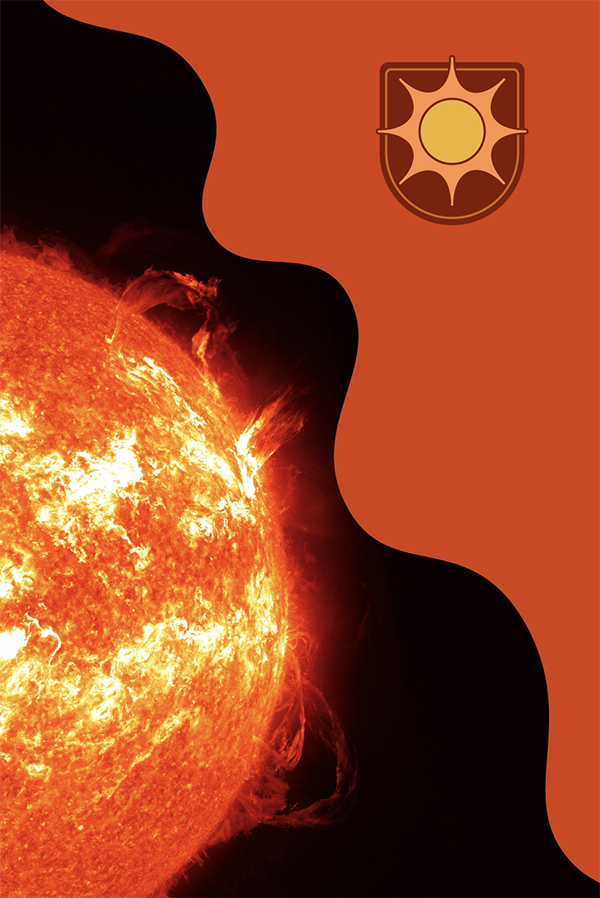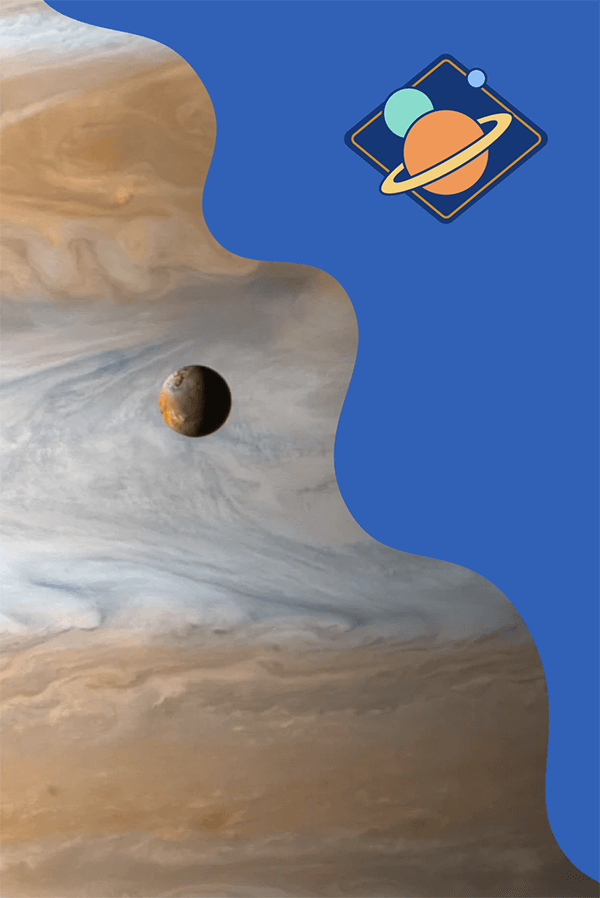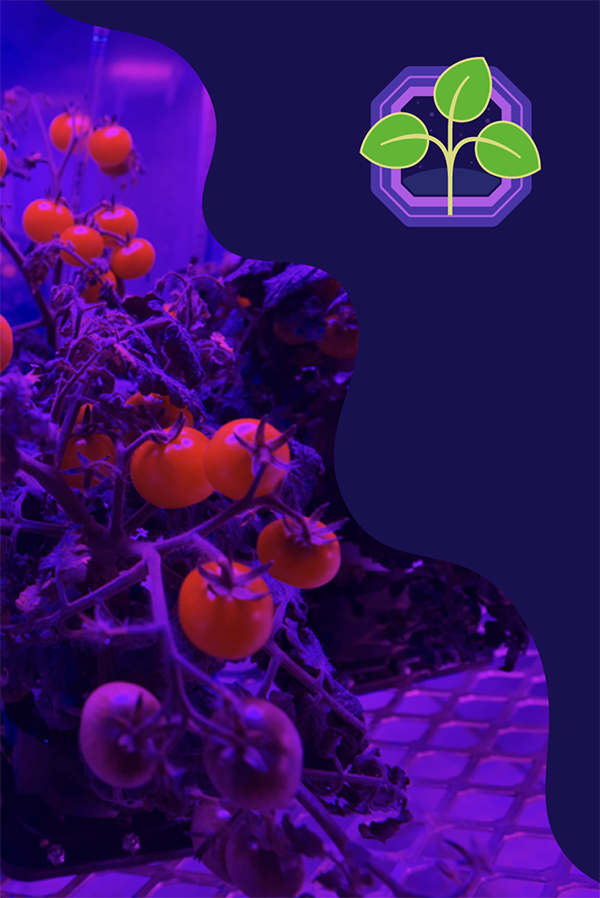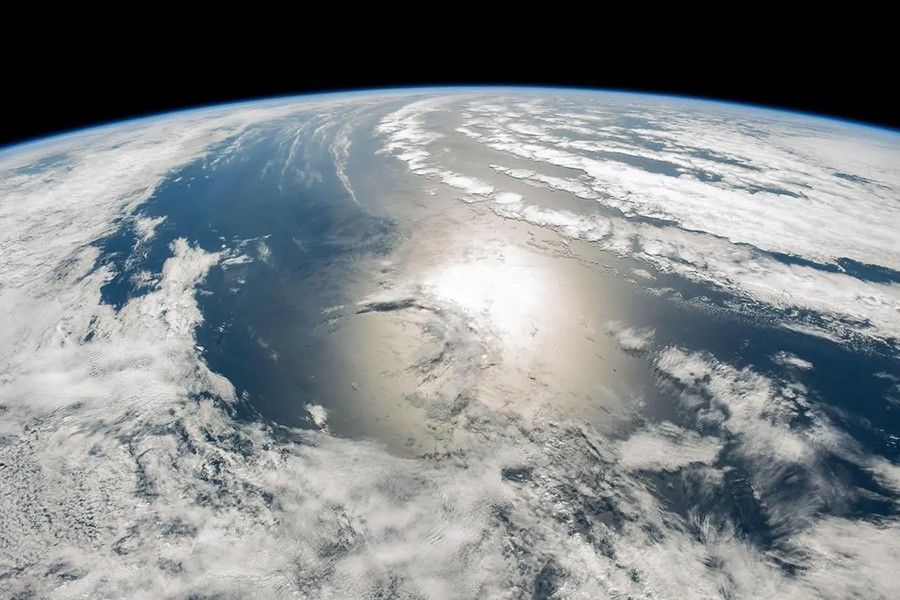

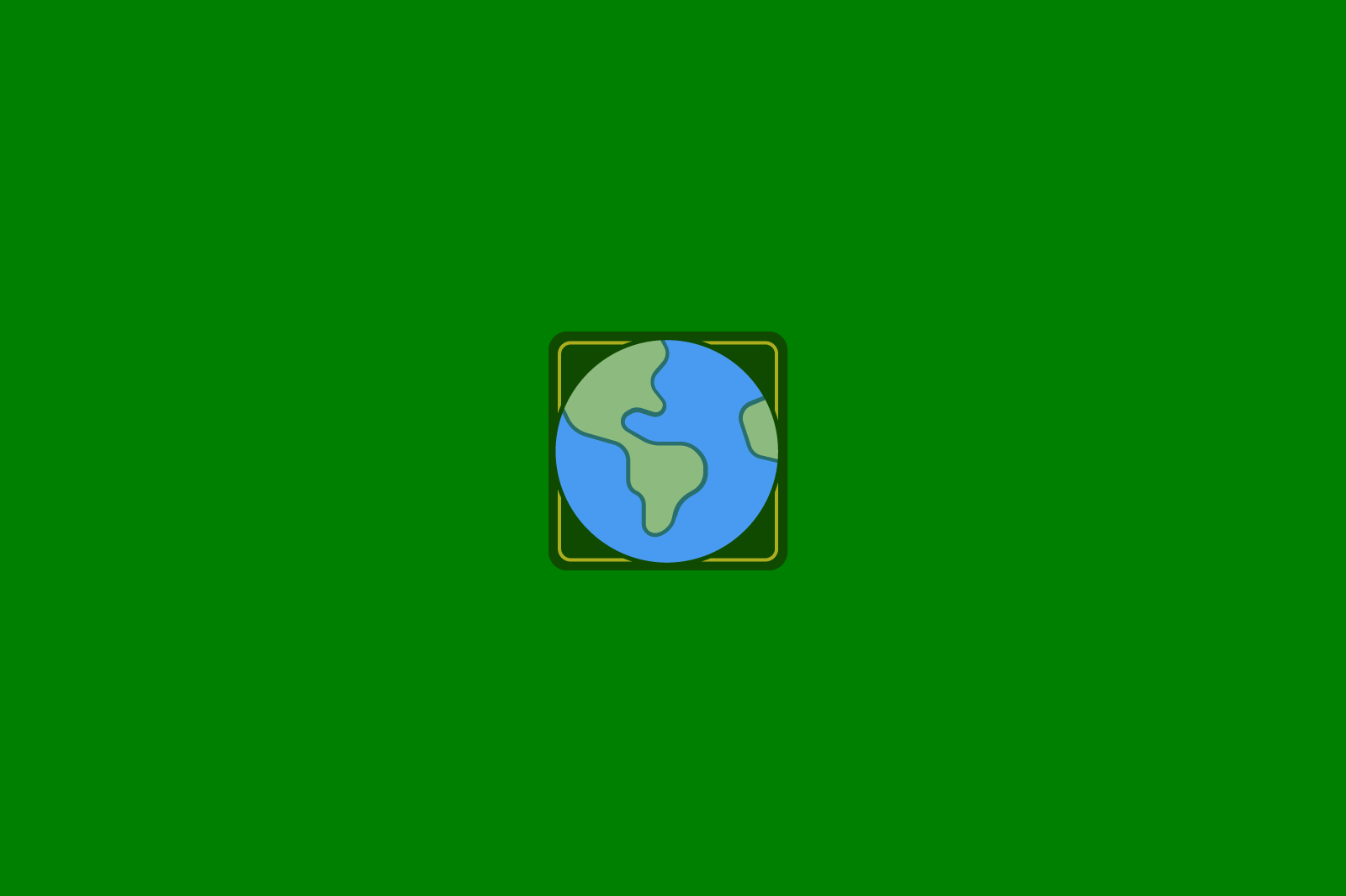
What Is the Water Cycle?
The water cycle is the path that all water follows as it moves around Earth. Water changes between three states of matter — solid, liquid, and gas — in the water cycle. Liquid water is found in oceans, rivers, lakes, and even underground. Solid ice is found in glaciers, snow, and at the North and South Poles. Water vapor — a gas — is found in Earth’s atmosphere.
Water can be found all over Earth — in the ocean, on land, and in the atmosphere. The water cycle is the path that all water follows as it moves around our planet.
On Earth, you can find water in all three states of matter: solid, liquid, and gas. Liquid water is found in Earth’s oceans, rivers, lakes, streams, and even in the soil and underground. Solid ice is found in glaciers, snow, and at the North and South Poles. Water vapor — a gas — is found in Earth’s atmosphere.
How does water travel from a glacier to the ocean to a cloud? That’s where the water cycle comes in.
The Water Cycle
Let’s start with how water gets into the atmosphere. There are two main ways this happens:
- Heat from sunlight causes water to evaporate from oceans, lakes, and streams. Evaporation occurs when liquid water turns into gaseous water vapor in our atmosphere.
- Water from plants and trees also evaporates into the atmosphere. This is called transpiration.
Warm water vapor rises up through Earth’s atmosphere. As the water vapor rises higher and higher, the atmosphere’s air cools down. This causes the water vapor to turn back into liquid water in a process known as condensation. When this happens, it creates clouds.
When a cloud becomes full of liquid water, it falls from the sky as rain or snow — also known as precipitation. Rain falls on the ocean, into lakes and streams and onto the soil. There, it gives water to plants and refills the groundwater we drink.
Snow falls on mountains or glaciers and freezes in the winter. When temperatures warm up, it melts and water flows into oceans, lakes, and streams. This helps further replenish water on the ground.
Then, the process starts all over again.
Why Do We Care About the Water Cycle?
We care about the water cycle because water is necessary for all living things. NASA satellites orbiting Earth are helping us understand water on our planet.
Water in the Soil

We need water to drink, and to nourish the plants that grow our food. NASA and its partners use satellites to measure how much water is in Earth’s soil. A satellite called SMAP — short for Soil Moisture Active Passive — has been tracking Earth’s soil moisture for more than a decade. These kinds of measurements help us prepare for droughts and floods.
Water in the Atmosphere
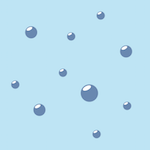
NASA and its partners also have been measuring water vapor and precipitation in the atmosphere for decades. For example, the international satellite called the Global Precipitation Measurement Mission (GPM) observes when, where, and how much it rains on Earth.
Water in the Oceans

For over 30 years, a series of satellite missions with NASA and its partners have measured sea level height. Currently in orbit are Jason-3 — short for Joint Altimetry Satellite Oceanography Network-3 — and Sentinel-6 Michael Freilich.
As Earth warms, ice on land melts. The water then flows into the ocean, causing the sea level to rise. The melting land ice is measured by another satellite called GRACE-FO, or Gravity Recovery and Climate Experiment-Follow On. But GRACE-FO doesn’t just track melting ice. It tracks the movement of water across the planet. It can even measure changes in groundwater hundreds of feet below Earth’s surface.









